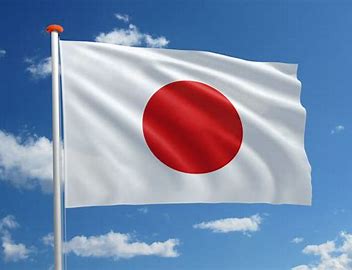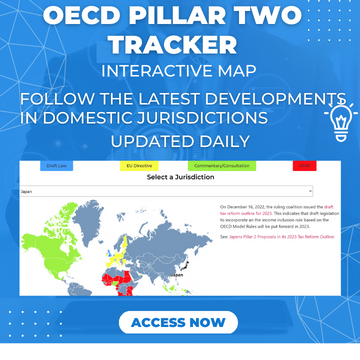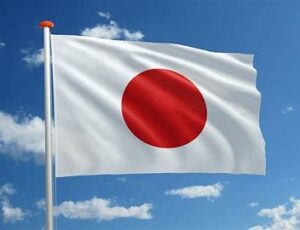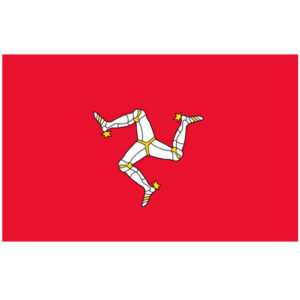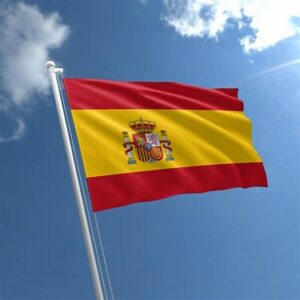Constituent Entities
Once you have determined whether there is an MNE group, it is then important to determine the constituent entities. These are the entities in the group that are subject to the Pillar Two GloBE rules.
Article 1.3 of the OECD Model Rules provides that:
• All group entities, aside from excluded entities, are constituent entities; and
• Permanent Establishments (PEs) of other constituent entities are treated as separate constituent entities. Note that each PE is treated as separate both from the main constituent entity as well as any other PE’s.
Article 10 of the OECD Model Rules provides that a PE can exist in four cases:
Firstly, if there is a tax treaty in force between the two jurisdictions, the PE definition in the tax treaty applies providing the source country taxes the PE on profits attributed to it if it were a separate and independent enterprise carrying out the activities.
Secondly, if there is no tax treaty in force, and a PE is applied under domestic law, the Pillar Two GloBE rules generally apply to treat the PE under domestic law as a separate PE providing the source country taxes the PE on a net basis in a similar way to its own residents.
Thirdly, if there is no corporate income tax system, there is deemed to be a PE for the purposes of the Pillar Two GloBE rules if there would be a PE under the OECD Model Tax Convention.
Finally, a PE is deemed where there is no PE under the three cases above, and the income deriving from the activities of the PE is exempt in the residence jurisdiction (ie the residence of the main entity).
Excluded Entities
As noted above although excluded entities are not taken into account for the purposes of calculating the jurisdictional effective tax rate, any top-up tax payment and compliance requirements, they are taken into account for the purposes of the 750 million euros revenue threshold.
Excluded entities are defined in Articles 1.5.1 and 1.5.2 of the OECD Model Rules and include:
• government entities;
• international organizations;
• non-profit organizations;
• pension funds;
• investment funds that are a UPE; and
• real estate investment vehicles that are a UPE.
Generally, these entities wouldn’t be subject to accounting consolidation anyway.
In certain cases, constituent entities that are owned by an excluded entity may themselves qualify as excluded entities (aside from pension service entities).
For this to apply:
• An excluded entity must hold directly or indirectly at least 95% of the value of the entity; and
• The entity must operate ‘exclusively or almost exclusively’ to hold assets or invest funds or carry out activities that are ‘ancillary’ to the activities of the excluded entity.
Section 1.5.2 of the OECD Administrative Guidance states that borrowing funds and making direct acquisitions of assets falls within the meaning of ‘holding of assets or investment of funds’ and is not considered ‘ancillary’.
An entity owned by an excluded entity can also be treated as an excluded entity where at least 85% of the value of an entity is owned (directly or indirectly) by one or more excluded entities (excluding pension services entities), and where substantially all of the entity’s income is dividends or equity gains or losses excluded from the Pillar Two GloBE income or loss calculation.
For more information on this see our analysis of excluded equity gains and losses at Pillar Two GloBE Specific Adjustments.
A five-year election is available under Article 1.5.3 of the OECD Model Rules to treat an Excluded Entity as a constituent entity so that the general Pillar Two GloBE rules would then apply to it.
This could be beneficial in some cases, particularly with regard to the charging mechanism.
Article 1.5.3 of the OECD Administrative Guidance provides that when determining the nature of the activities for the Excluded Entity test, the totality of the activities of the entity, including the activities of all of its permanent establishments (PEs) are taken into account. The activities undertaken by a PE are not considered separate.
As such, where the entity meets the definition of an Excluded Entity, all its activities, including those undertaken by its PE(s), are excluded from the GloBE Rules.
Article 1.6 of the February 2023 OECD Administrative Guidance includes a bright-line test to determine the ‘ancillary’ activities of 100% owned subsidiaries of Non-profit Organisations.
The activities of an entity where 100% of the value is owned directly or indirectly by the Non-profit Organisation or by Non-profit Organisations will be deemed to be ancillary if the total revenue of all Group Entities is less than EUR 750 million (adjusted if the Fiscal Year is a period other than 12 months) or 25% of the revenue of the MNE Group (if lower) for the Fiscal Period.
Excluded Entities Election – Example
Company A is a real estate investment fund that is the UPE of an MNE group (ie an Excluded Entity) which directly holds a number of subsidiaries. However, it is subject to consolidation under the relevant accounting standard.
If no election is made all of the subsidiaries would be subject to the Under-Taxed Payments rule, given Company A, as an excluded entity, would not be subject to the Income Inclusion Rule (IIR).
If Company A makes the election, the IIR applies and Company A would account for any top-up tax.
Location of Constituent Entities
General
The location of the Constituent Entities is an essential part of the Pillar Two GloBE rules, not least because this will determine the jurisdictions that need to be considered for calculating and allocating any top-up tax (for more information, see Imposition of Top-Up Tax). Article 10.3 of the OECD Model Rules includes provisions to determine the location of entities and PEs.
In general, the rules follow domestic law. If a company or entity is tax resident in a jurisdiction under domestic law, that would be its location for the Pillar Two GloBE rules.
If an entity is not tax resident anywhere, then the place of its incorporation or creation is used.
Specific Rules
A non-transparent entity is located where it is tax resident based on its place of incorporation/creation or place of management (or another similar rule).
This will cover the vast majority of jurisdictions, given most jurisdictions have some form of this rule.
In all other cases, a non-transparent entity is located where it is created.
This will generally apply to jurisdictions that don’t have a residence definition in domestic law due to not having a corporate income tax system.
This includes:
• Anguilla
• Bahrain
• Bahamas
• Bermuda
• BVI
• Cayman Islands
• Eswatini
• Gabon
• Guinea
• Macau
• Micronesia
• Palau
• Saint Martin
• Turks and Caicos Islands
• Vanuatu
In the case of transparent entities, they are located where they are created if they are a UPE or are required to apply the Income Inclusion Rule.
In all other cases, they are ‘stateless entities’ and are treated on a standalone basis for the jurisdictional ETR calculation.
The location of a PE is the source jurisdiction except for PEs that fall within the final definition of a PE (above) where the PE income is exempt from tax in the main entity. In this case, the PE is stateless.
Tie-breaker rules apply where an entity (or PE) is treated as located in more than one jurisdiction (eg by having its place of management in one jurisdiction, and place of incorporation in another).
If a tax treaty applies its own tie-breaker rules that establish the residence of the entity, then the Pillar Two GloBE rules follow this treatment.
In all other cases the following rules apply:
• The Constituent Entity is located where most of its covered taxes are paid
• If the covered taxes are the same or if no covered taxes are paid, then the Constituent Entity is located where it has the largest amount of substance-based income exclusion (calculated on an entity basis – not the usual jurisdictional basis)
• If neither of the above apply then the Constituent Entity is treated as stateless.
Stateless Entities
The GloBE Rules provide special treatment for stateless entities. In particular, Article 5.1 of the Model Rules treats the income and taxes allocated to a Stateless Constituent Entity as subject to a stand-alone top-up tax calculation.
Stateless entities are subject to a number of other specific rules eg they cannot make a de minimis exclusion election.
Aside from the Stateless rules above there are two main situations where an entity could be stateless.
Firstly, where the Constituent Entity is a Flow-through that is not the Ultimate Parent Entity of the MNE Group or is not required to apply an Income Inclusion Rule.
Secondly, if the Constituent Entity is a PE that isn’t treated as being located in another jurisdiction (see Permanent Establishments).
In this case, the residence jurisdiction is exempting the income as the income is attributable to a foreign PE that is not recognised under the foreign tax law.




